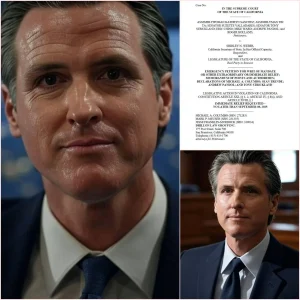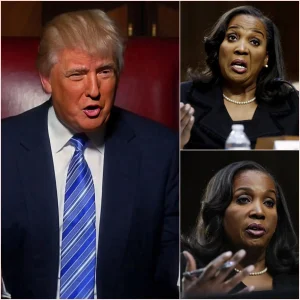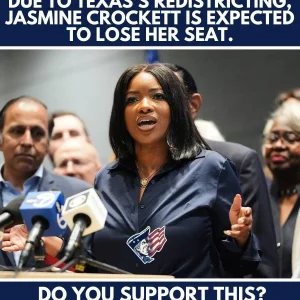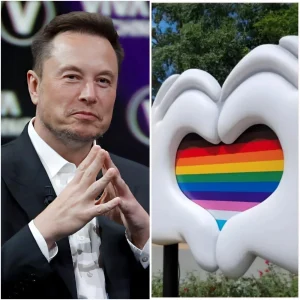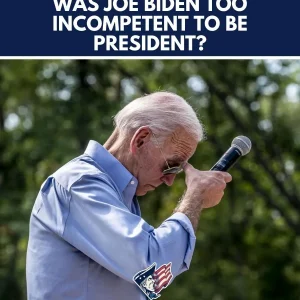April 30, 2025 – President Donald J. Trump has unleashed a seismic shift in U.S. trade policy with a new executive order that prevents “stacking” of tariffs on key industries like automobiles and auto parts, igniting a firestorm of praise, outrage, and confusion across the nation. Signed yesterday at the White House, the order aims to streamline tariffs imposed under multiple authorities, but critics warn it could upend markets, while supporters hail it as a bold move to protect American workers. Social media is exploding with reactions, and the hashtag #TrumpTariffTwist is trending worldwide. What’s really at stake, and why is this move so divisive?
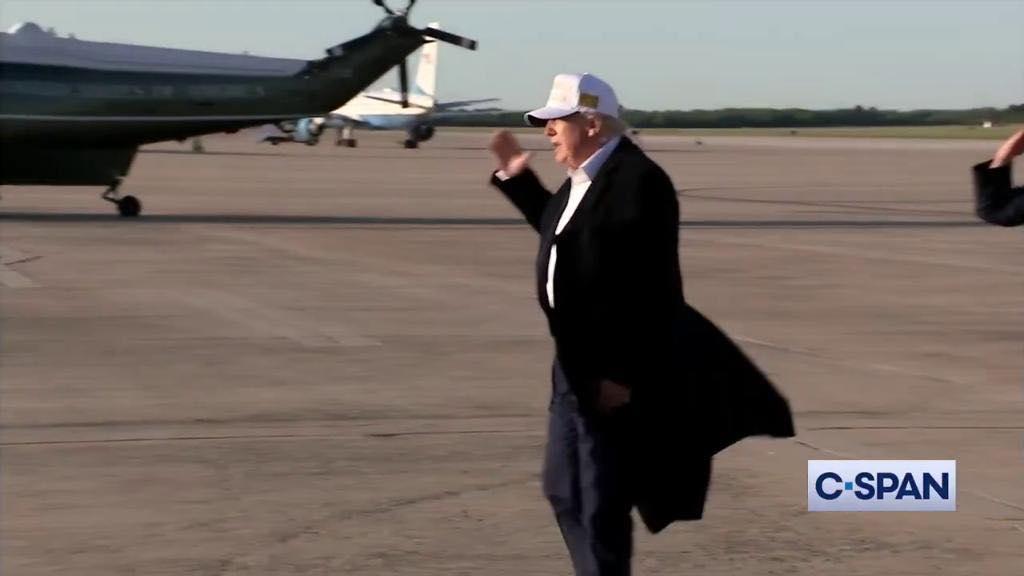
The Game-Changing Order
The executive order, issued under Trump’s sweeping trade authority, targets tariffs imposed through actions like Proclamation 10908 (March 26, 2025, on automobiles and auto parts), Executive Orders 14193 and 14194 (February 1, 2025, addressing border-related illicit drug flows), and earlier proclamations on steel and aluminum from 2018. These tariffs, designed to protect national security and curb illegal trade, have piled up on industries, with some auto parts facing combined duties as high as 35%. Trump’s order declares that “stacking” these tariffs creates rates “exceeding what is necessary” and sets a hierarchy to limit their cumulative effect.
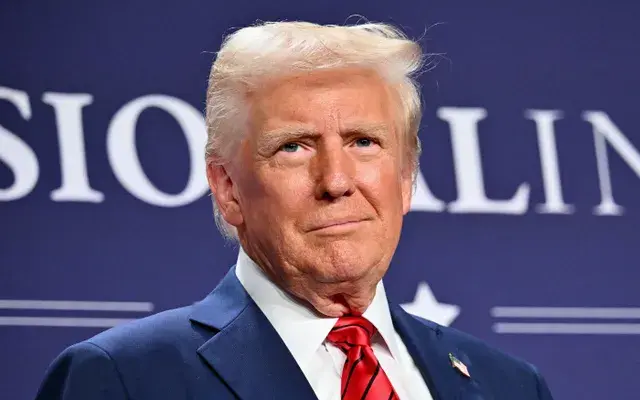
For example, auto imports subject to tariffs under Proclamation 10908 will be exempt from additional duties tied to border security or steel/aluminum measures. However, steel and aluminum tariffs can still combine with each other, creating a complex web of exemptions and applications. The order also applies retroactively to March 4, 2025, promising refunds for overpaid duties, with implementation required by May 16, 2025.
Why the Controversy?
The move has sparked intense debate for several reasons. First, it’s a direct intervention in a tariff regime Trump himself championed, raising questions about consistency. On X, one user posted, “Trump’s undoing his own tariffs? Is this MAGA or a sellout? #TrumpTariffTwist.” Critics argue the order could weaken protections for U.S. industries, especially steel and aluminum, by prioritizing auto tariffs over others. “This is a gift to foreign carmakers at the expense of American steelworkers,” tweeted a prominent labor union leader, garnering thousands of retweets.
Second, the economic impact is murky. The auto industry, which employs over 1 million Americans, could see lower costs for imported parts, potentially reducing car prices. A Detroit-based auto executive told reporters, “This could save us millions and keep our plants competitive.” But economists warn that uneven tariff relief might distort markets, favoring certain industries while leaving others exposed. “It’s a patchwork fix that creates winners and losers,” said Dr. Emily Chen, an economist at the Brookings Institution, in a viral X thread.
Third, the timing—months after Trump’s inauguration—has fueled speculation about political motives. Some see it as a response to recent backlash over high consumer prices, with tariffs blamed for inflating costs. Others suspect it’s a strategic play to bolster the auto industry in swing states like Michigan ahead of the 2026 midterms. “Trump’s playing 4D chess to win back the Rust Belt,” one X user quipped.
Social Media Frenzy
The reaction on X has been electric, with the order dominating online discourse. Supporters, waving virtual #AmericaFirst flags, call it a pragmatic fix to “overzealous” trade policies. “Trump’s saving jobs and cutting red tape—classic!” one user posted, racking up 50,000 likes. Critics, however, accuse Trump of caving to corporate pressure. “Big Auto gets a bailout while small manufacturers eat the cost. Typical,” another user fumed, sparking a thread with thousands of replies.
Memes are flooding timelines, including one showing Trump as a superhero “slashing” tariff stacks with a golden pen, juxtaposed with others depicting confused factory workers holding tariff exemption forms. A viral video of a TikTok economist breaking down the order’s “hidden traps” has crossed 2 million views, amplifying the debate.
Industry and Political Fallout
Carmakers like Ford and Tesla have cautiously welcomed the order, with Ford issuing a statement saying it “supports efforts to simplify trade rules.” But steel and aluminum producers are sounding alarms, with the American Iron and Steel Institute warning of “unintended consequences” for domestic production. Political reactions are equally split: House Speaker Mike Johnson praised the order as “pro-worker,” while Senator Elizabeth Warren tweeted, “This is what happens when policy is driven by headlines, not strategy.”
The retroactive refund provision, covering imports since March 4, 2025, has also raised eyebrows. “Who’s footing the bill for these refunds?” asked a viral X post, pointing to potential budgetary strains. The U.S. Customs Service, tasked with implementing the order, has promised “swift action” but faces logistical hurdles in updating the Harmonized Tariff Schedule by the May 16 deadline.
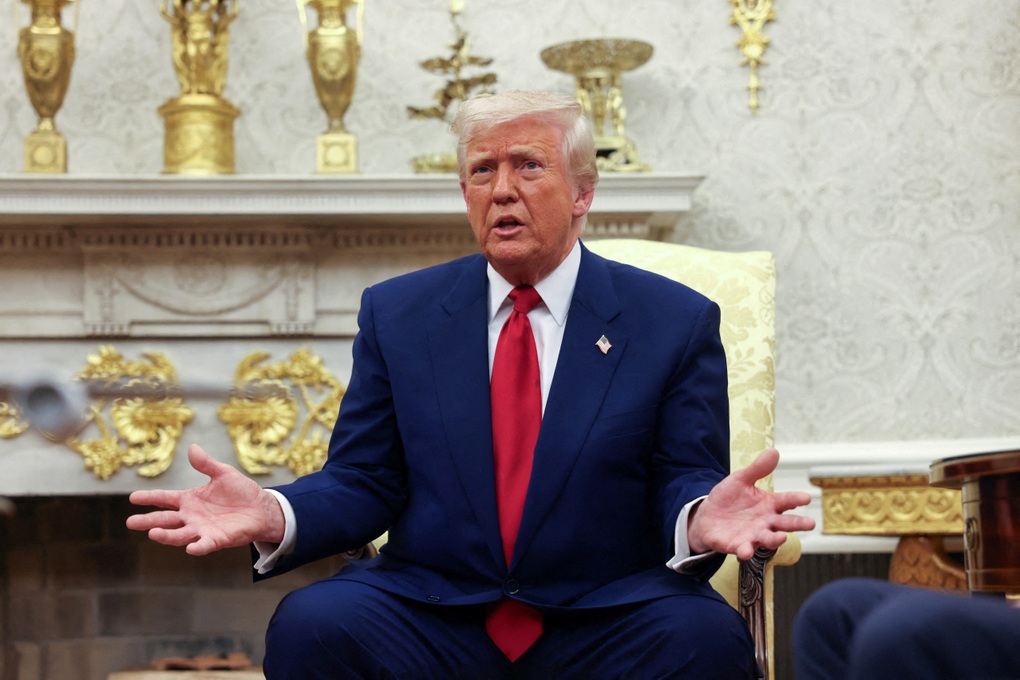
What’s Next?
As the dust settles, all eyes are on how the order will reshape trade dynamics. Will it lower car prices and boost manufacturing, as Trump claims, or create chaos in already strained supply chains? The White House has promised further guidance from the Departments of Commerce and Homeland Security, but for now, the policy’s ambiguity is driving speculation.
One thing is clear: Trump’s tariff twist has struck a nerve, reigniting debates about trade, jobs, and America’s economic future. Whether it’s a masterstroke or a misstep, the internet won’t stop talking about it anytime soon. What do you think of Trump’s latest move? Join the conversation below!
This is a developing story. Stay tuned for updates.


